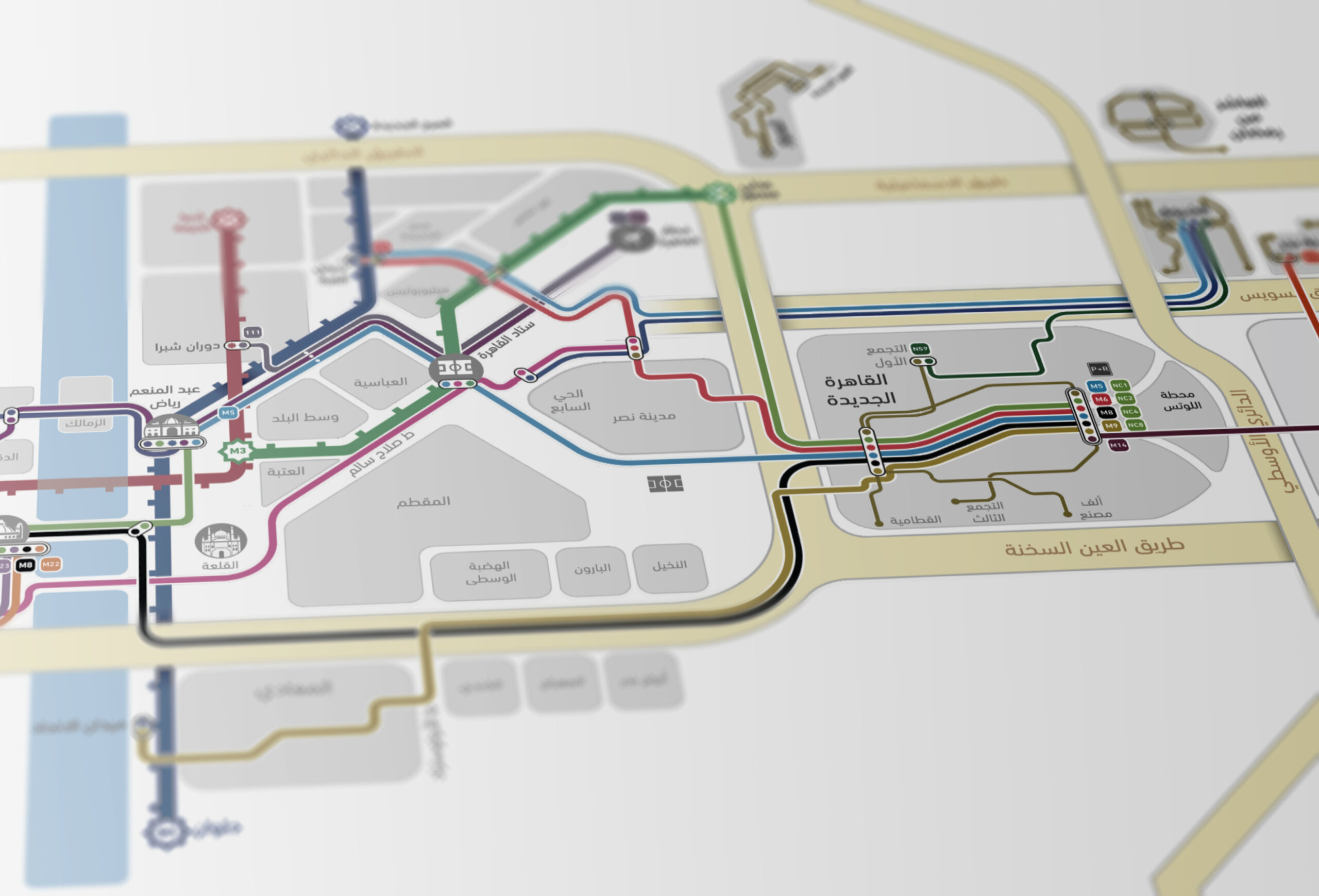Such problem is formulated as an optimization problem involving the
minimization of all resources and costs related to the public transport system. The optimization problem is subject to user equilibrium on
public transport network as well as to the bus capacity constraints and a set of feasibility constraints on route length and line frequency.
The objective function is defined as the sum of operator’s costs and users’ costs. The input data are the public transport demand matrix,
the characteristics of road network, the operating and users unit costs. Outputs are routes and frequencies for the lines of the public
transport network. The performances of the network are estimated by a hyperpath transit assignment model, which reproduces the choice
behaviour of transit users. The solving procedure consists of a set of heuristics, which includes a first routine for the definition of the
roads and the zones to be served, a second step for the routes generation and then a genetic algorithm for finding a sub-optimal set of
routes and associated frequencies. The GA is implemented in the C# language as a parallel genetic algorithm while the fitness evaluation
requires computing, for each solution generated, the two terms of the objective function by simulating the public transport network with.

